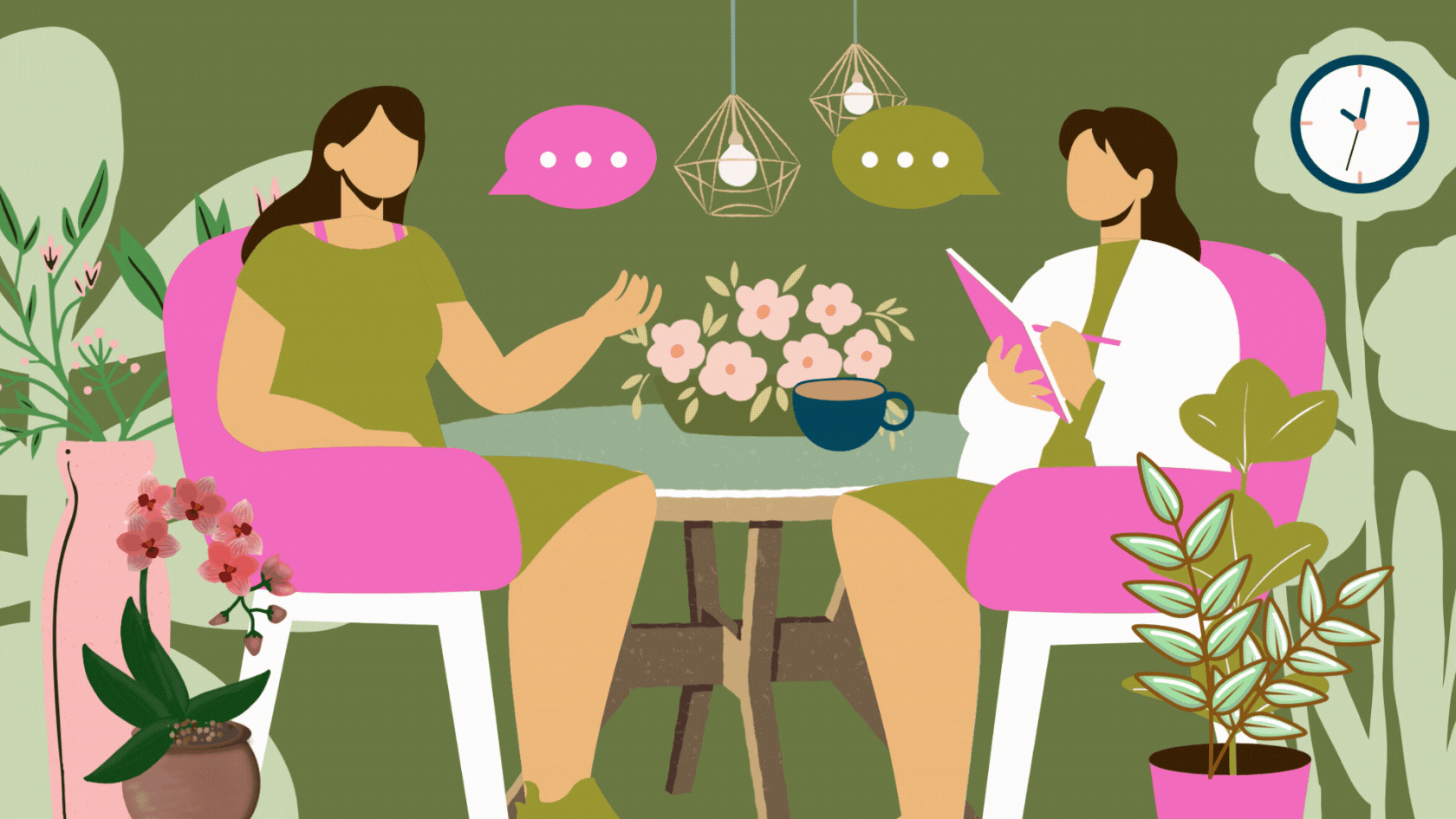Hey Beautiful, if you’ve had TTM for some time now, you probably
already know how hard it can be to talk about it with the people closest to
you.
Whether it’s a friend, family member, or someone else you trust, sharing
your experience is a big step in your healing journey. But it’s also important
to feel safe and supported when you have these conversations.
Let’s walk
through some ways to have these conversations with confidence, compassion, and
purpose.
Living with trichotillomania can sometimes feel isolating, and
keeping it a secret might make you feel even more alone. But letting someone
in—someone you trust—can be a huge relief.
Sharing your experience with someone
who loves you helps you feel seen and supported. However, choosing the right
person and the right way to start the conversation is essential to feeling
safe.
You don’t have to tell everyone about your condition, but finding one
person you feel comfortable with is a great start. Whether it’s a parent, best
friend, teacher, spiritual leader, or even a mental health professional,
opening up to someone you trust can make all the difference in your journey
toward healing.
Not every conversation about TTM must be difficult. The first step is
deciding who you want to share with and finding a space where you feel
comfortable. You might prefer a private setting like your living room, or maybe
a public space like a coffee shop feels safer to you.
Some people even like to
have these conversations while on a walk outdoors. Nature has a calming effect,
and walking side-by-side can make it easier to talk without the intensity of
direct eye contact.

Once you’ve chosen the person and space, it’s important to set up the
conversation for success. You want to make sure the person you’re talking to is
in the right mindset to hear you out. Start the conversation by saying
something like:
“I have something important to share with you, and I need you to meet
me in a place of compassion.”
This lets them know you’re about to talk about something meaningful
and that you’re asking for their empathy and understanding. It’s also a good
idea to check in with them and make sure they’re ready to have this
conversation:
“If now is not a good time, please let me know when you might be
available.”
If they keep postponing the conversation, it might be a sign that
they’re not the right person to confide in at this moment. And that’s okay! You
deserve someone who’s ready to listen with an open heart.
Language is powerful, and how we speak about our condition can shape
how we feel about it. When telling your loved one about TTM, use the phrase: “I have trichotillomania.”
Avoid saying things like, “I am a hair-puller,” as this language can
make you feel defined by your condition. Trichotillomania is something you
have, not something you are. By using this empowering language, you can feel
more in control of your narrative.

If you’re ready to share with someone, it likely means you’re also
ready to take steps to manage your condition—and that journey doesn’t have to
be a lonely one. Sharing your experience opens the door for your loved one to
support you in a meaningful way.
The most important thing your loved one can do to support you is show
love without judgment.
Instead of pointing out when you’re pulling, they can gently
encourage you to engage in a healthier behavior without focusing on the
hair-pulling itself. For example, they might say, “Let’s take a deep breath
together,” or “Why don’t we try that new stress ball you got?”
This approach can help you feel less “caught” in the act and more
supported in your effort to manage the behavior in a positive, healthy way. It
builds your confidence in your ability to replace hair-pulling with a soothing
strategy that feels good for you.

As you talk about your condition, it’s important to recognize that
stress and anxiety often fuel the urge to pull. Managing these emotions through
open conversations and emotional regulation strategies can significantly reduce
hair-pulling.
Research has shown that stress and traumatic experiences,
especially in childhood, can lead to a higher likelihood of engaging in
compulsive behaviors like hair-pulling.
Addressing these underlying emotions and seeking support from loved ones
can make a big difference in managing trichotillomania.
Finding the right words to explain your condition can feel tough, but
we’re here to help. HFHP offers a downloadable guide with tips on how to talk
to your loved ones about trichotillomania, as well as how to find a
TTM-informed therapist for additional support.
This guide will help you take
the next step in sharing your journey with others and getting the support you
deserve. Get your copy in our self-help course, UnTrick Yourself™.
At Healing from Hair Pulling, we’re here to guide you through every
part of your healing journey—including how to talk with your loved ones about
your experience.
Our programs are designed to help you develop confidence,
stress management approaches, and practical tools to reduce hair-pulling, with
the support of those who care about you most.
Join UnTrick Yourself™, our peer-led, evidence-based program designed
to help women like you. We’ll work together on strategies for managing
trichotillomania and explore how to open up to your loved ones. With our
supportive community, you’ll never have to go through this journey alone.
Join us at healingfromhairpulling.com and take the first step on your
journey toward healing. Together, let’s find what works best for you!
Yasir, W., Sherin, M., & Kazmi, S. F. (2021). The Role of
Childhood Trauma in Developing Nail Biting and Trichotillomania Among
Adolescents. International Journal of Innovation, Creativity and Change, 15(2),
1314-1332. https://www.ijicc.net/images/Vol_15/Iss_2/17132_Kazmi_2021_E1_R1.pdf
Zhang, J., & Grant, J. E. (2022). Significance of family history
in understanding and subtyping trichotillomania. Comprehensive Psychiatry, 119,
152349. https://doi.org/10.1016/j.comppsych.2022.152349








